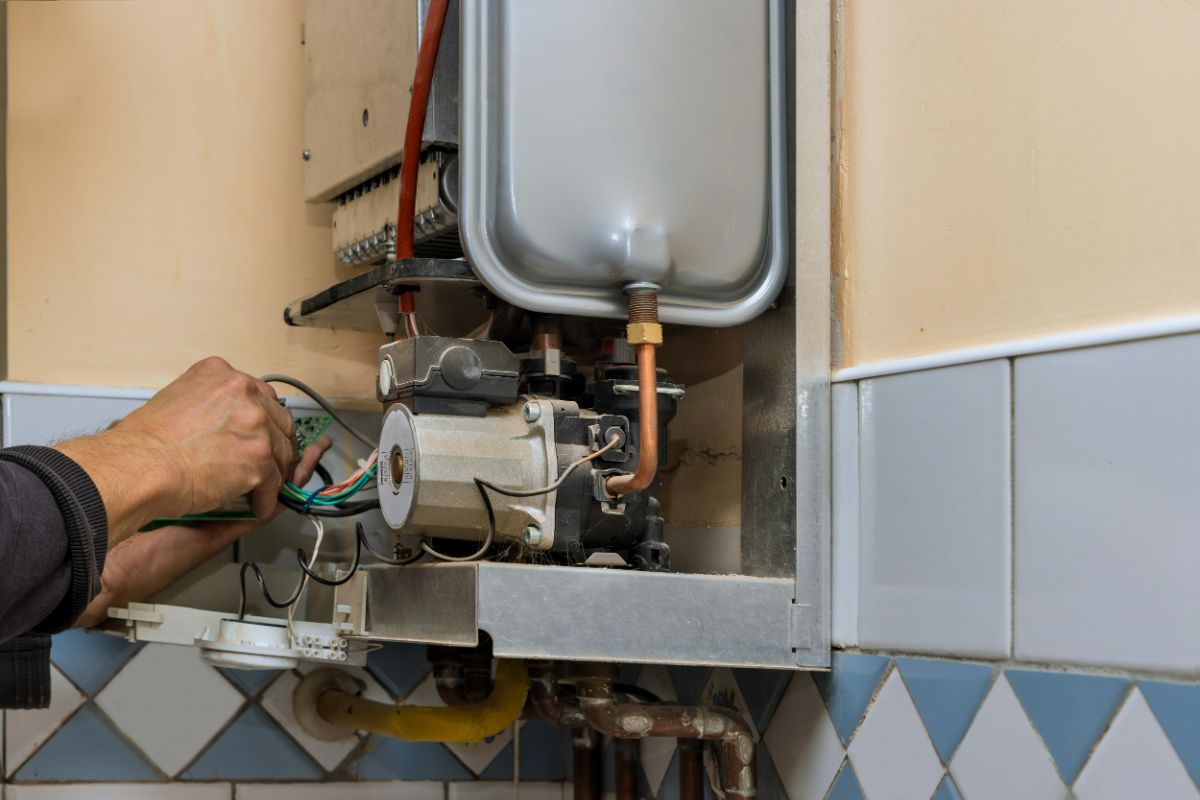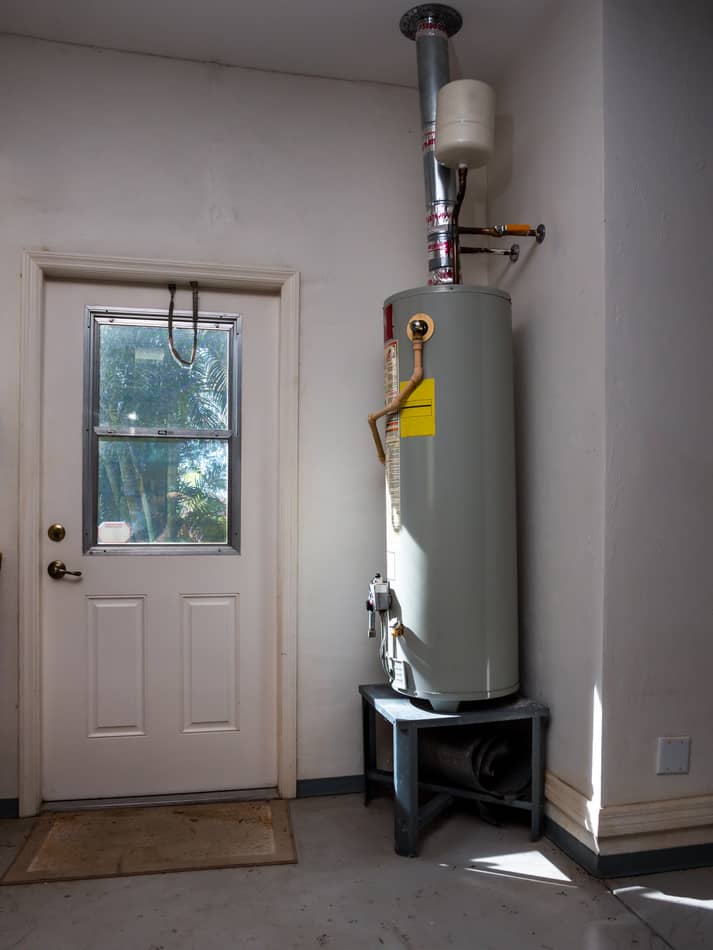Caring for Your Home's Hot Water System: Key Guidelines
Caring for Your Home's Hot Water System: Key Guidelines
Blog Article
They are making a number of good pointers regarding Tips For Maintaining Your Hot Water Heater in general in this great article below.

Warm water is important for day-to-day convenience, whether it's for a refreshing shower or washing recipes. To ensure your warm water system runs successfully and lasts longer, normal maintenance is crucial. This article offers sensible tips and understandings on just how to maintain your home's warm water system to stay clear of disruptions and expensive fixings.
Intro
Maintaining your home's warm water system could seem difficult, yet with a few basic steps, you can ensure it runs efficiently for years to find. This overview covers every little thing from understanding your hot water system to do it yourself upkeep tips and understanding when to employ specialist help.
Significance of Preserving Your Warm Water System
Normal maintenance not only prolongs the life-span of your warm water system but also ensures it operates effectively. Disregarding upkeep can lead to decreased effectiveness, greater power costs, and also early failure of the system.
Signs Your Hot Water System Requirements Maintenance
Understanding when your warm water system requires focus can protect against significant issues. Look out for signs such as inconsistent water temperature, unusual noises from the heating unit, or rustic water.
Purging the Hot Water Heater
Purging your hot water heater eliminates debris accumulation, enhancing effectiveness and lengthening its life.
Monitoring and Changing Anode Rods
Anode poles stop rust inside the storage tank. Checking and changing them when worn is crucial.
Facility Concerns Needing Expert Assistance
Examples include major leaks, electric troubles, or if your hot water heater is constantly underperforming.
Regular Expert Maintenance Advantages
Professional maintenance can consist of detailed assessments, tune-ups, and making sure compliance with safety and security criteria.
Checking and Changing Temperature Settings
Readjusting the temperature level settings guarantees optimal efficiency and security.
DIY Tips for Maintenance
You can execute numerous maintenance tasks on your own to maintain your hot water system in top problem.
Looking for Leaks
Regularly evaluate pipelines and connections for leaks, as these can bring about water damage and greater expenses.
Understanding Your Warm Water System
Before diving into upkeep tasks, it's helpful to recognize the basic elements of your warm water system. Normally, this consists of the hot water heater itself, pipelines, anode poles, and temperature level controls.
Monthly Upkeep Tasks
Normal regular monthly checks can assist capture minor concerns before they intensify.
Testing Pressure Alleviation Valves
Checking the pressure safety valve guarantees it works correctly and stops excessive stress accumulation.
Protecting Pipelines
Protecting warm water pipes reduces heat loss and can save power.
When to Call a Professional
While do it yourself maintenance is useful, some issues call for specialist competence.
Verdict
Routine upkeep of your home's warm water system is crucial for performance, durability, and price financial savings. By complying with these ideas and recognizing when to look for specialist aid, you can ensure a dependable supply of warm water without unforeseen disturbances.
How to Maintain an Instant Hot Water Heater
Before tinkering with your hot water heater, make sure that it’s not powered on. You also have to turn off the main circuit breaker and shut off the main gas line to prevent accidents. Also turn off the water valves connected to your unit to prevent water from flowing into and out of the appliance. 2. When you’re done, you have to detach the purge valves’ caps. These look like the letter “T†and are situated on either side of the water valves. Doing so will release any pressure that has accumulated inside the valves while at the same time avoid hot water from shooting out and burning your skin. 3. When the purge valves’ caps are removed, you have to connect your hosing lines to the valves. Your unit should have come with three hoses but if it didn’t, you can purchase these things from any hardware or home repair shops. You can also get them from retail stores that sell water heating systems. Read the user’s manual and follow it to complete this task properly. When the hosing lines are connected, open the purge port’s valves. 4. You should never use harsh chemical cleaners or solutions when cleaning your unit. Make use of white vinegar instead. It should be undiluted and you’ll probably use about 2 gallons. 5. Now flush your water heater. This task should probably take about 40 minutes. We can’t give you specific directions for this because the procedure is carried out depending on the type, model and brand of your heater. With that being said, refer to the user’s manual. 6. When you’re done draining the unit, you have to turn off the purge port valves again. Remove the hosing lines that you earlier installed on each of the water valves. Put the valve caps (purge port) back in their respective places and be very careful so as not to damage the rubber discs that are found inside these caps. 7. Now that everything’s back in place, check your user’s manual again to find out how to reactivate your water heating system. 8. Once it is working, turn one of your hot water faucets on just to let air pass through the heater’s water supply pipes. Leave the tap on until water flows smoothly out of it. https://www.orrplumbing.com/blog/2014/september/how-to-maintain-an-instant-hot-water-heater/

As a serious person who reads on What Kind of Maintenance Do Water Heaters Need?, I imagined sharing that excerpt was worth the trouble. Sharing is good. Helping people is fun. I truly appreciate your readership.
Request Appointment Report this page